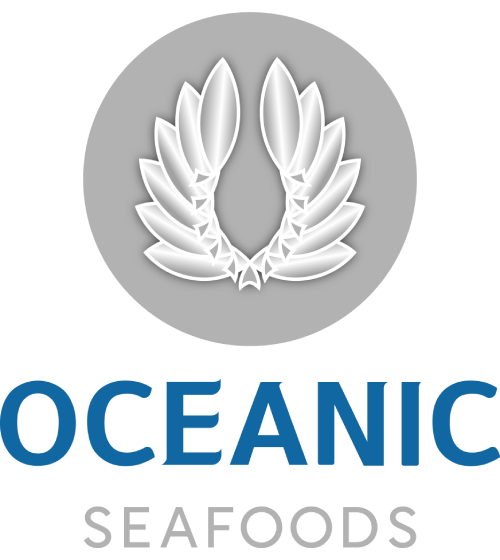Covid-19 swept its way around the globe like a title wave creating a pandemic the likes of which we have never experienced. While all industries were affected, Covid-19 hit the fishing industry hard. The issues were exasperated because there are so many inter-related aspects of the industry, which rely on one another in a lengthy chain that moves fresh fish from the ocean to the plate. The interconnectedness between the fishing industry and other sectors of the economy also sent strong ripple effects from the pandemic.
Fisheries were affected quite significantly. Along with personnel contracting the virus, there were numerous additional health and safety measures along with new border restrictions limiting global imports and exports. Add to that, transportation and overall supply chain issues and you have an industry struggling to survive. The result was a loss of income for everyone associated with the industry from those manning the boats, catching and handling the fish, to the fish farmers and the retailers.
In the United States the initial challenge was the loss of traditional sales and marketing channels in early 2020 resulting in loss of revenue. In fact, surveys at the end of the first quarter of 2020 showed that 84 percent of respondents in the seafood industry reported lost sales and canceled contracts or orders in that quarter alone. This wasn’t a complete surprise since surveys showed a downward trend throughout 2019 as Covid was already impacting other parts of the world. For example, lockdowns in China months before Covid cases appeared in the United States resulted in a drop in the global demand for seafood products.
While the need for safety increased as the virus spread, the worldwide demand for seafood continued to drop as many people were uncomfortable dining in restaurants (where 65 percent of seafood is purchased). Social-distancing restrictions also limited sales of seafood in restaurants.
Making Adjustments
Challenging times call for flexibility and new ideas. This was the case in numerous industries as sales and marketers had to rethink their strategies for reaching customers with products and services. According to an article by Christine Blank on Seafoodsource.com, “the [seafood] industry remained resilient, with many seafood suppliers successfully pivoting their business strategies to target retail and e-commerce channels in the face of sudden and severe foodservice constrictions.” Blank also notes the dramatic spikes in demand and sales seen at retail for fresh, frozen, and shelf-stable seafood beginning in 2020. “That year saw more consumers eating at home and going on pandemic-fueled buying sprees, which drove retail seafood sales to new heights. In 2021, those record sales were eclipsed, according to research firms IRI and 210 Analytics,” she explains.
Future of Fish, (www.futureoffish.org) an international non-profit that supports small-scale fisheries and communities impacted by overfishing notes that many seafood businesses continue to deploy various coping strategies designed to either negate or adapt to ongoing impacts caused by Covid-19. Learning and engaging in positive responses can help build a more resilient system. An example comes from small scale fisheries in the Caribbean that have now learned to utilize new technology to market fish online should health and/or safety issues or market closings reappear.
Ultimately, as was the case in other industries, Covid-19 forced many smaller players in the fishing industry, as well as some larger players, to rethink their strategies and prepare alternative means of acting in such challenging times, whether it is a pandemic, a hurricane or some event that disrupts seafood industry in the future.


Leave A Comment
You must be logged in to post a comment.